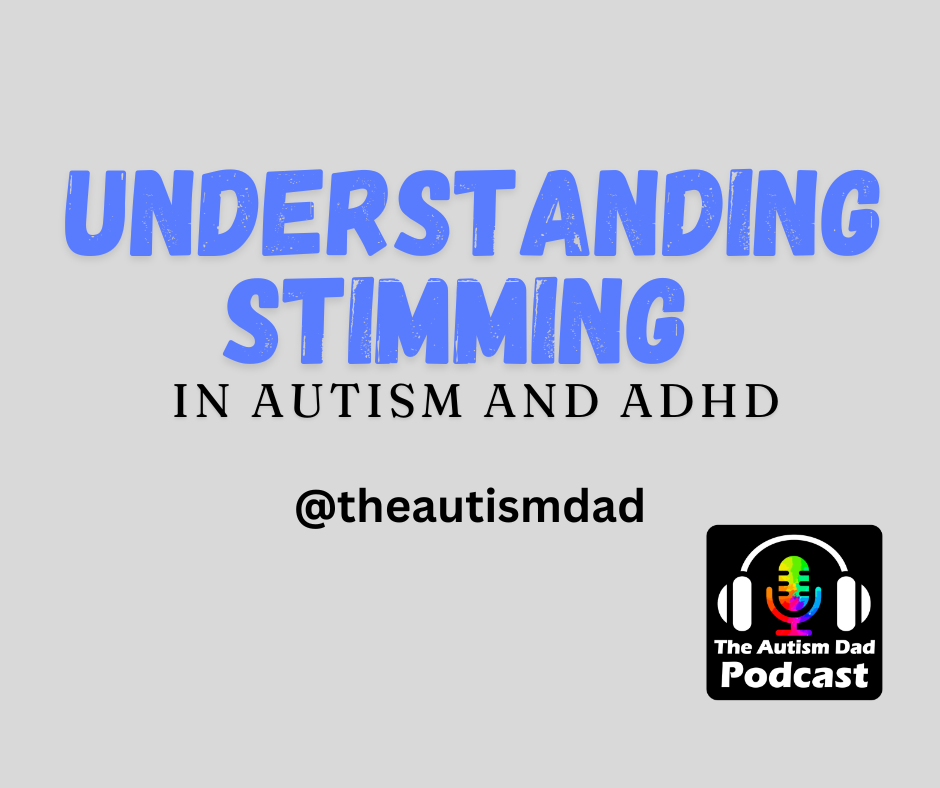What is Stimming?
Stimming, short for self-stimulatory behavior, refers to repetitive actions like hand-flapping, rocking, humming, or tapping. For those of us with ADHD or autism, stimming serves as a way to self-regulate our sensory experiences and emotions. It helps manage the overwhelming input from our surroundings and provides a sense of calm and focus.

Why Do We Stim?
There are several reasons why stimming is a common behavior:
- Sensory Regulation: Our brains can easily become overwhelmed by sensory input. Stimming helps us filter and manage this input, making our environment more predictable and less stressful.
- Emotional Release: When we feel anxious, excited, or frustrated, stimming can be a way to express and release these emotions safely.
- Focus and Concentration: Engaging in repetitive movements or sounds can help maintain focus and concentration. For me, tapping my foot or humming quietly can be the difference between staying on task and getting lost in a sea of distractions. These small actions serve as ways to improve your memory and concentration, helping the brain stay organized and attentive during tasks.
Is Stimming Harmful?
Most stimming behaviors are harmless and can even be beneficial. However, it’s important to recognize when stimming becomes disruptive or self-injurious. In such cases, seeking guidance from a healthcare professional can help identify alternative strategies for self-regulation.
For example, tools like orthotics for autism can provide additional sensory support. These aids can help manage sensory processing challenges, offering comfort and improving daily functioning for individuals with autism.
Why Understanding Stimming Matters
Understanding and accepting stimming is crucial for creating supportive environments for individuals with ADHD and autism. By recognizing stimming as a natural and necessary behavior, we can foster greater empathy and reduce stigma. This understanding not only benefits those of us who stim but also educates those around us about the diverse ways people cope with their unique sensory and emotional experiences.
In conclusion, stimming is a vital coping mechanism for many people with ADHD and autism. It helps us navigate a world that can often feel overwhelming. By sharing our experiences and educating others, we can promote acceptance and support for all neurodiverse individuals.



